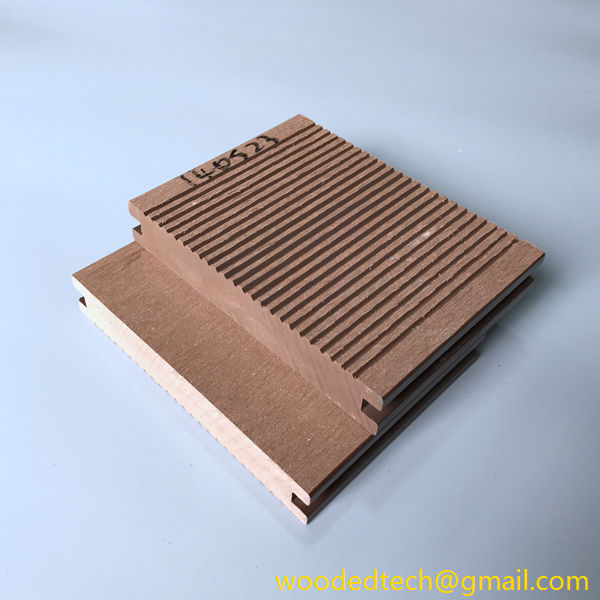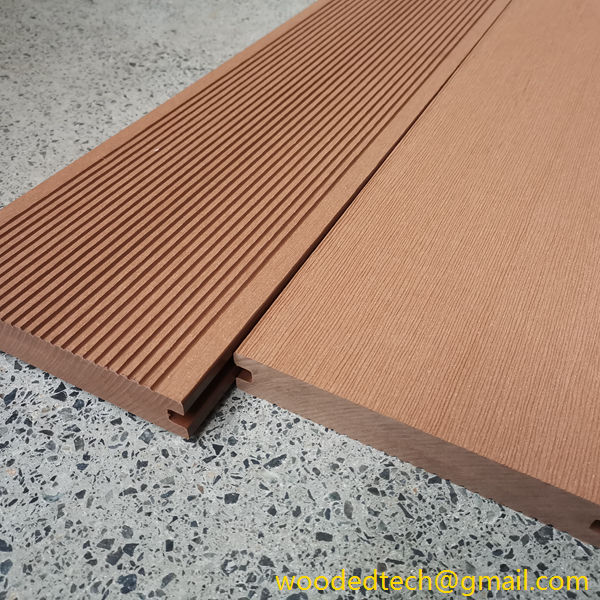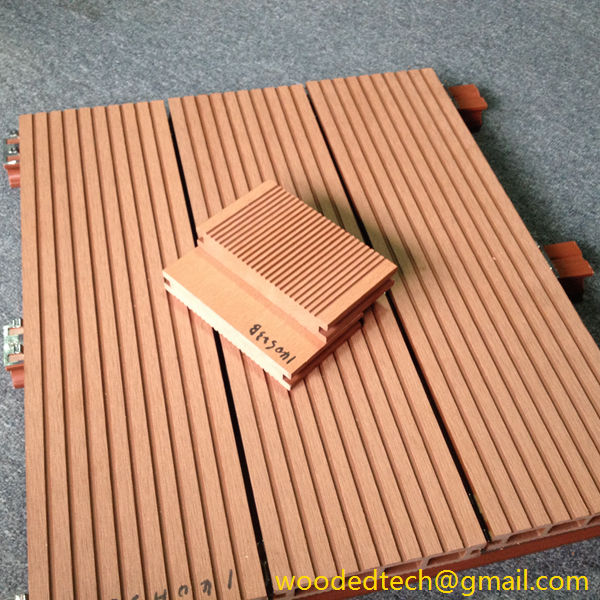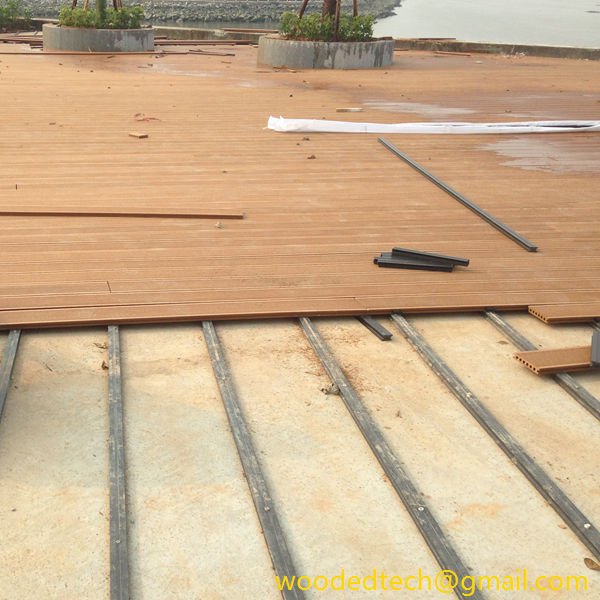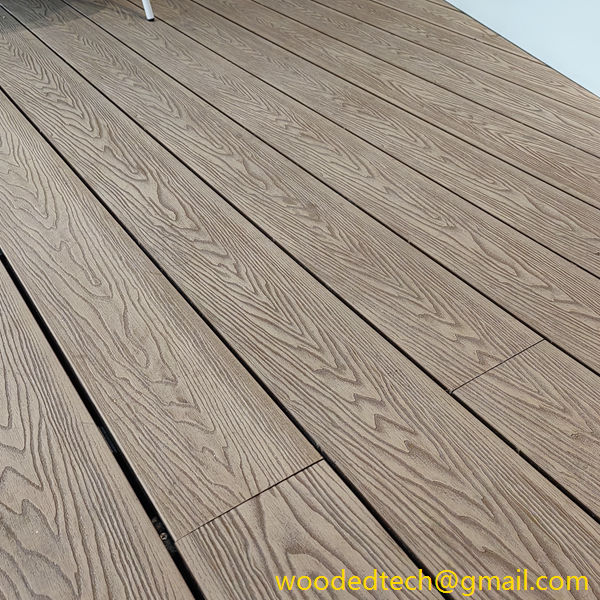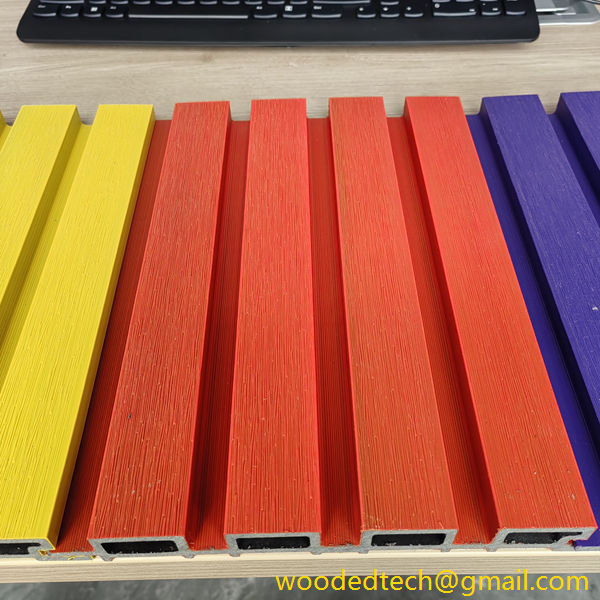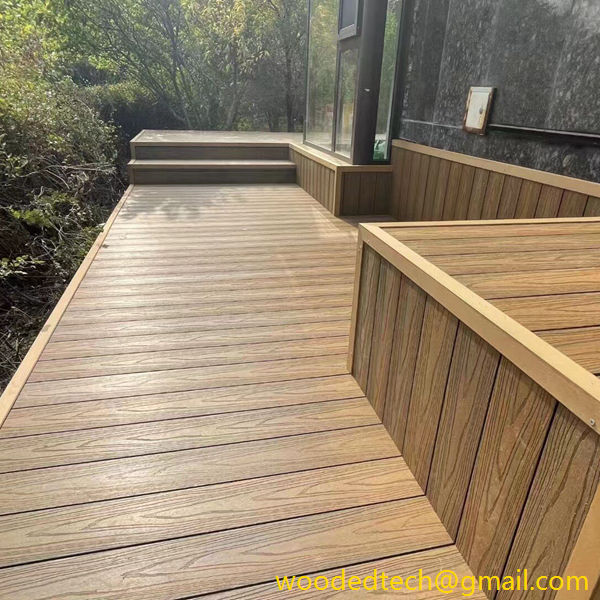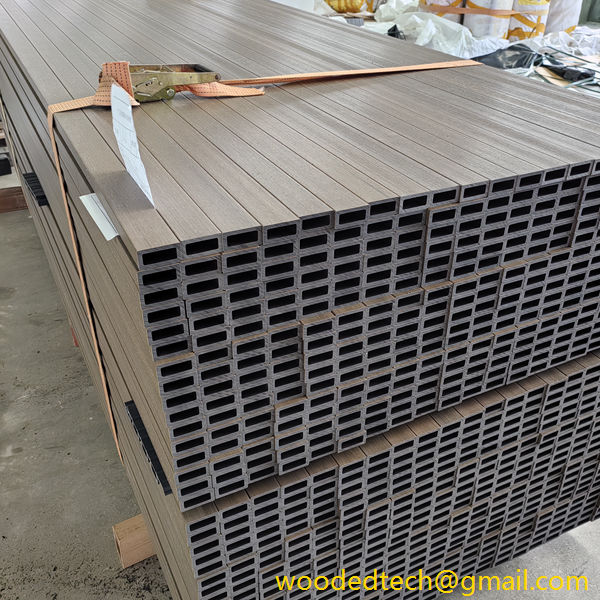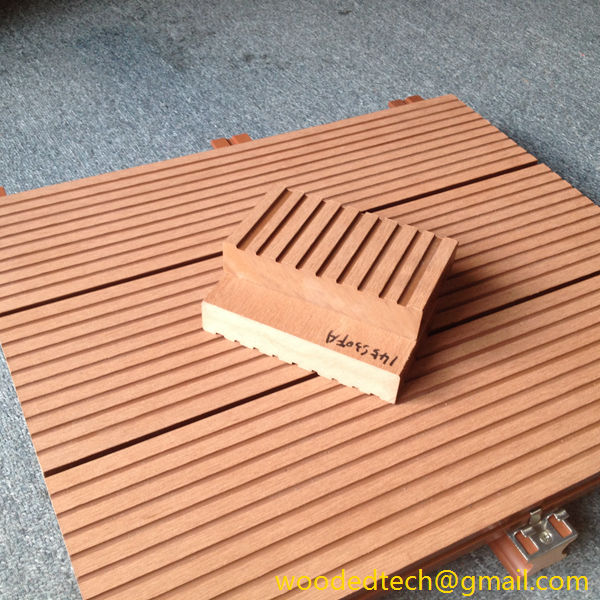Optimal Material for Outdoor Decking: Wood Plastic Solutions
Optimal Material for Outdoor Decking: Wood Plastic Solutions When it comes to creating an outdoor space that is both functional and aesthetically pleasing, choosing the right decking material is crucial. Among the myriad options available, wood plastic composite (WPC) solutions stand out as a premier choice for outdoor decking. This innovative material combines the natural…
Optimal Material for Outdoor Decking: Wood Plastic Solutions
When it comes to creating an outdoor space that is both functional and aesthetically pleasing, choosing the right decking material is crucial. Among the myriad options available, wood plastic composite (WPC) solutions stand out as a premier choice for outdoor decking. This innovative material combines the natural beauty of wood with the durability and low maintenance of plastic, making it an ideal solution for homeowners and builders alike.
One of the most significant advantages of wood plastic composites is their resistance to the elements. Traditional wood decking, while beautiful, is susceptible to moisture, insects, and weather-related wear and tear. Over time, untreated wood can warp, splinter, and discolor, leading to costly repairs or replacements. In contrast, WPC is engineered to withstand exposure to rain, sun, and temperature fluctuations without compromising its structural integrity. This resilience makes it a smart investment for anyone looking to enhance their outdoor living space.
Another compelling reason to consider wood plastic composites for decking is their low maintenance requirements. Unlike natural wood, which demands regular sealing, staining, and painting to maintain its appearance and durability, WPC requires minimal upkeep. A simple wash with soap and water is usually sufficient to keep it looking its best. This ease of maintenance is particularly appealing to busy homeowners who wish to enjoy their outdoor space without the burden of constant care.
In addition to their practical benefits, wood plastic composites also offer an aesthetic appeal that rivals traditional wood. WPC can be manufactured to mimic the look and feel of various wood species, allowing homeowners to achieve the desired appearance for their outdoor area. From the rich hues of mahogany to the rustic charm of cedar, WPC can be designed to complement any architectural style or landscape. Many manufacturers also offer a range of finishes and textures, giving consumers the freedom to customize their decking to suit their personal taste.
Sustainability is another important aspect to consider when discussing wood plastic composites. As environmental concerns continue to rise, many homeowners are seeking materials that are not only durable but also eco-friendly. WPC is made from a blend of recycled wood fibers and plastic, significantly reducing the demand for virgin materials. This recycling process helps to divert waste from landfills while providing a sustainable alternative to traditional decking materials. Moreover, many manufacturers prioritize sustainable sourcing practices, ensuring that their wood components come from responsibly managed forests.
The versatility of wood plastic composites extends beyond aesthetics and sustainability; they are also incredibly versatile in terms of application. WPC can be used not only for decking but also for railings, fencing, and outdoor furniture. This multifunctionality allows for a cohesive design throughout an outdoor space, creating a seamless transition between different elements. Additionally, WPC can be used in various environments, from residential patios and balconies to commercial spaces and public parks. Its adaptability makes it a favorite among architects and designers who appreciate the flexibility it provides in their projects.
When considering the financial aspects of decking materials, wood plastic composites can offer significant long-term savings. While the initial investment may be higher than traditional wood, the longevity and durability of WPC mean that it will likely outlast its wooden counterparts. Homeowners can save money in the long run by avoiding frequent replacement and costly maintenance. Furthermore, many manufacturers offer warranties on their products, providing additional peace of mind for consumers.
Safety is another critical factor when selecting decking materials, especially for families with children or pets. Wood plastic composites have a lower risk of splintering compared to traditional wood decking, making them a safer option for outdoor spaces where people walk barefoot or play. Additionally, many WPC products are designed to be slip-resistant, reducing the likelihood of accidents during wet conditions. This enhanced safety profile adds to the overall appeal of WPC as a decking solution.
In conclusion, wood plastic composites represent an optimal material for outdoor decking due to their unique combination of durability, low maintenance, aesthetic appeal, sustainability, versatility, cost-effectiveness, and safety. As homeowners increasingly seek materials that align with their lifestyle and values, WPC emerges as a frontrunner in the quest for the perfect outdoor space. By choosing wood plastic composites for decking, individuals can create a beautiful and functional environment that enhances their outdoor living experience while also making a responsible choice for the planet. Whether for entertaining guests, enjoying family time, or simply relaxing in nature, WPC provides the ideal foundation for a vibrant and welcoming outdoor oasis.

